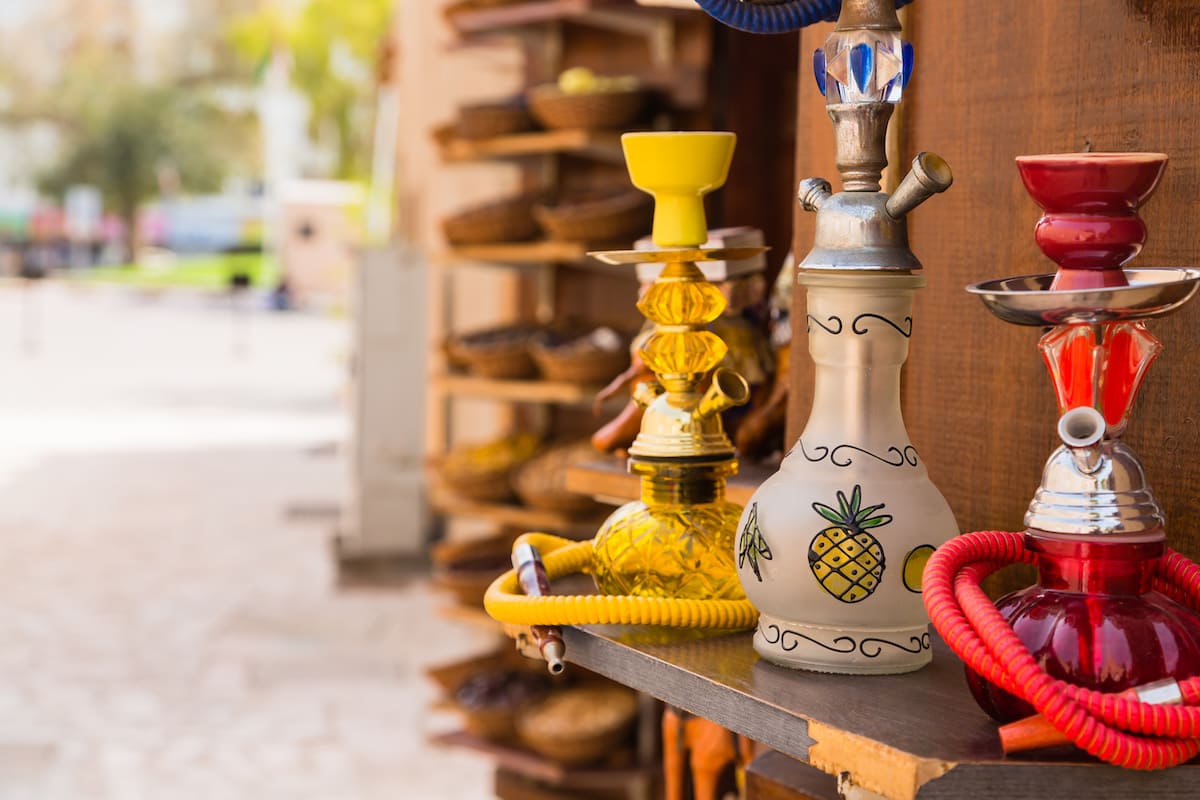
The History of Hookahs: A Journey Through Time
For centuries, the hookah has captivated people with its allure, elegance, and social appeal. This iconic smoking device, also known as a shisha or water pipe, has a rich and fascinating history that spans across cultures and continents. Join us as we embark on a journey through time to explore the captivating history of hookahs.
Origins in Ancient India and Persia
The origins of the hookah can be traced back to ancient India and Persia (modern-day Iran). It is believed that the first rudimentary versions of the hookah were created around the 16th century. These early prototypes consisted of a coconut shell serving as the base, a hollowed-out gourd acting as the smoking chamber, and a long bamboo or reed tube for the hose. These early hookahs were primarily used for smoking opium.
Spread to the Middle East and Beyond
During the Safavid dynasty in Persia (16th to 18th centuries), the hookah gained popularity among the elite and aristocracy. It was a symbol of status and wealth, with intricate designs and precious materials adorning the hookahs of the upper class. The spread of the hookah to the Middle East, including countries like Turkey, Lebanon, and Egypt, occurred during the Ottoman Empire, where it became deeply ingrained in social and cultural customs.
The Rise of the Coffee House Culture
In the 17th century, coffee houses began to emerge as popular gathering places in the Middle East. These establishments not only served as venues for socializing but also became hubs for intellectual discussions, artistic performances, and entertainment. The hookah became an integral part of the coffee house culture, with patrons indulging in smoking sessions while engaging in lively conversations.
European Influence and Global Expansion
During the 18th century, European travelers and explorers encountered the hookah during their journeys to the Middle East. Fascinated by its unique design and cultural significance, they brought back hookahs as souvenirs and curiosities. This sparked a fascination with the hookah among European aristocrats and intellectuals. The popularity of the hookah spread across Europe, with elaborate hookah lounges and social clubs opening in major cities.
Modernization and Industrialization
With the advent of the Industrial Revolution in the 19th century, the hookah underwent significant transformations. Traditional materials such as gourds and coconut shells were replaced with more durable and aesthetically pleasing materials like glass, metal, and ceramics. This allowed for greater creativity in design, resulting in ornate and intricately decorated hookahs. Additionally, the use of tobacco became more widespread, leading to the development of flavored shisha and the expansion of the hookah market.
The Contemporary Hookah Culture
In recent decades, the popularity of hookahs has experienced a resurgence worldwide. The hookah has become a symbol of social connection, relaxation, and cultural expression. Modern hookah lounges, cafes, and bars provide spaces for individuals to gather, enjoy flavored tobacco, and engage in conversations. Hookah enthusiasts now have access to a wide variety of flavors and innovative designs, ranging from traditional to modern and artistic.
Throughout its history, the hookah has evolved from a simple smoking device to a cultural icon that transcends borders. It has adapted to changing times while retaining its core elements of social bonding, relaxation, and artistic expression. The enduring appeal of the hookah lies in its ability to create a shared experience, bringing people together in a world of aromatic smoke, flavors, and rich traditions.
In conclusion, the history of hookahs is a tale of cultural exchange, artistic craftsmanship, and the power of human connection. From its humble beginnings in ancient India and Persia to its global presence today, the hookah has left an indelible mark on societies and cultures throughout the centuries. It has evolved from a simple apparatus for smoking opium to a symbol of socializing, relaxation, and enjoyment.
As we look to the future, the hookah continues to thrive, adapting to changing times and appealing to a diverse range of enthusiasts. Whether it’s the traditional hookahs that pay homage to the rich history and craftsmanship or the modern designs that push the boundaries of innovation and style, there is a hookah for every individual’s taste and preference.
In today’s world, the hookah serves as a bridge between cultures, fostering connections and dialogue among people from different backgrounds. It has become a popular choice for social gatherings, providing a laid-back and comfortable ambiance where people can unwind, share stories, and forge lasting memories.
However, it’s important to remember that responsible hookah smoking involves considering the health implications associated with tobacco use. Awareness of the potential risks and moderation in consumption are crucial to maintaining a balanced and enjoyable hookah experience.
Final Thoughts
In conclusion, the history of hookahs is a captivating journey that reflects the interplay between tradition, innovation, and the universal desire for connection. From its ancient roots in India and Persia to its modern-day global popularity, the hookah continues to captivate and charm enthusiasts around the world. Whether you’re drawn to its artistic designs, flavorful tobacco blends, or the social aspects it embodies, the hookah remains an enduring symbol of relaxation, camaraderie, and cultural appreciation. So, gather your friends, prepare your favorite shisha flavor, and immerse yourself in the enchanting world of the hookah. Let the aromatic smoke and shared experiences transport you to a realm of relaxation, conversation, and enjoyment.



